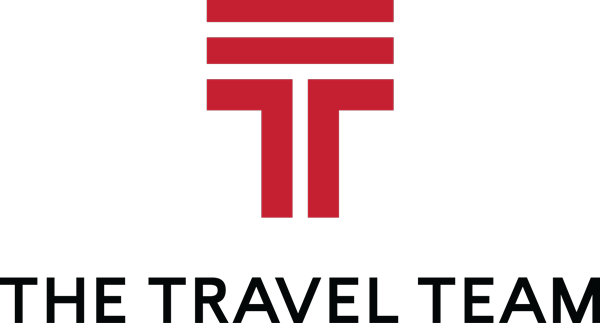Going on a business or leisure trip opens the door to new experiences and often leads to lasting memories. While travel is exciting, the process of actually moving between destinations can be stressful. Coordinating a whole group makes planning even more complex. Ensuring everyone arrives on time, stays together, and follows the same schedule is a logistical challenge. Group transportation requires careful planning and strategic decision-making to create a seamless, stress-free experience for all.
Exclusive Offers.
Sign up to receive personalized promotions and packages for your next vacation from trusted travel experts.
Planning Ahead for a Successful Trip
Identify your group’s needs before figuring out the best way to travel. Destination, group size, budget, and accessibility are all key factors.
Destination
Where you plan on traveling to often dictates transportation options. Flights, trains, and chartered buses all have their place. A cross-country multigenerational group will likely want to fly, while a company sending team members to a regional conference could opt for the train.
Group Size
Group size also impacts travel logistics. A small group often has more flexibility for booking transport, while a larger group should expect additional coordination to ensure everyone can travel together. Large groups may need to book transportation well in advance of the trip. This is especially true for flights and charter services.
Budget
Budget is another important factor when planning group transportation. Some groups may prioritize cost-effective options like public transit or pre-arranged rideshares, while others may opt for the convenience of private charters or direct flights. Understanding the budget from the start helps narrow down the best transportation choices.
Accessibility
Accessibility must be considered for all travelers. If anyone in the group has mobility challenges, it is crucial to ensure that the selected transportation method accommodates their needs. Many airlines, trains, and charter bus services offer wheelchair-accessible options, but they often require advance notice to make arrangements.
Booking Group Flights
Flying is usually the most efficient way to travel long distances. While the flight itself may only take a few hours, security screenings, check-in procedures, and potential layovers are key factors to consider. Most airlines offer group pricing for parties of 10 or more, which sometimes includes flexible ticketing options and reserved seating. When possible, book group flights for the whole group so everyone departs and arrives together. This keeps the trip more organized and reduces the risk of delayed travelers. Opting for direct flights also minimizes the chance of missed connections or other travel disruptions. In cases where some group members fly from different locations, groups should coordinate arrival times to help streamline airline transfers.
Ground Transportation Options
Ground transportation is ideal for shorter distances and may even be faster than flying when accounting for check-ins and waiting times. Private shuttles, charter buses, and pre-arranged rideshares are all viable options, depending on the size of the group and the trip’s budget. For larger groups, charter buses are the best choice. These buses have several sought-after amenities like onboard internet, reclining seats, and restrooms. Additionally, private charters provide door-to-door service, eliminating the need to coordinate multiple vehicles or rely on unpredictable public transportation schedules.
Trains also present an effective transportation option, particularly for mid-range trips where travel time is comparable to flying. Many trains can accommodate large groups while offering amenities similar to those found on charter buses. If a train provides a faster, more convenient route than air travel when considering airport wait times, it may be the better choice.
Smaller groups may find that pre-arranged rideshare services, such as scheduling multiple rides through a transportation app, offer a more budget-friendly and flexible alternative. This option allows travelers to move at their own pace without the constraints of fixed bus schedules. Public transportation can be a cost-effective alternative for groups visiting cities with well-developed transit systems. However, navigating public transit with a large group requires careful planning. Purchasing group transit passes, using transportation apps to map out routes, and avoiding peak travel times can make the experience more efficient and enjoyable.
Best Practices for Group Transportation
Having a shared itinerary with clear travel times, meeting points, and a backup plan is vital for keeping everyone informed. This goes hand-in-hand with real-time communication. Using a group messaging app allows travelers to stay connected and receive timely updates if plans change. This is especially useful for adjusting to unexpected delays, cancellations, or other last-minute itinerary changes.
Having a transportation coordinator further streamlines the travel experience. A travel advisor can serve in this role. Aside from booking transportation and accommodation, travel advisors can be responsible for confirming reservations, tracking schedules, and handling unexpected issues so that the group can focus on enjoying their travels rather than worrying about them. Reach out to The Travel Team today to learn more about our corporate and leisure group travel services.


